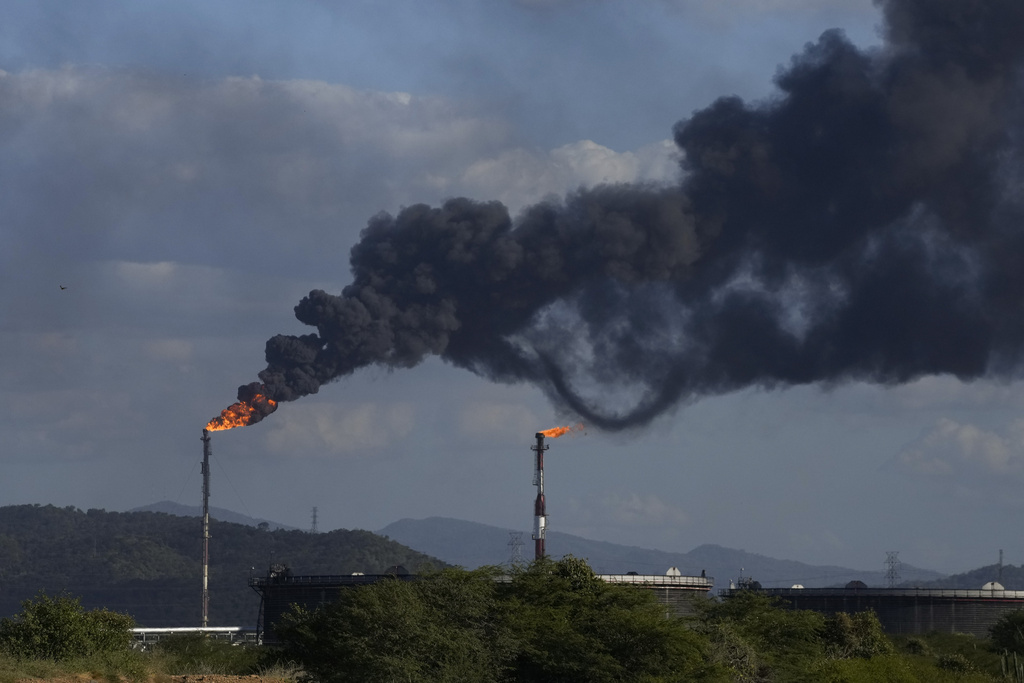The U.S. on Monday committed $6 billion to trimming emissions from its industrial and manufacturing sectors.
The money will go to 33 projects in more than 20 states where reductions in high-emitting industries — like aluminum and cement plants, iron and steelworks and refineries — represent an opportunity to have the biggest impact on greenhouse emissions.
Some of the projects will test new technologies to capture, store and reuse carbon emissions that could then be more widely deployed through the industry.
The newly funded projects could keep 14 million tons of CO2 — about 3 million cars’ worth of annual emissions — out of the air.
As a whole, industrial processes in the U.S. account for emissions equivalent to some 1.9 billion tons of CO2, and about one-third of the country’s total emissions.

Thinking solar power? Make sure you do your homework
Solar panels can save money on your electric bill, but there are pros and cons you should know about first.
The money is the biggest single shot in the arm for U.S. carbon capture efforts to date.
“Thanks to President Biden’s industrial strategy, DOE is making the largest investment in industrial decarbonization in the history of the United States,” said Secretary of Energy Jennifer Granholm.
In the process, the Biden administration hopes to bring certain critical industry and defense supply chains back to the U.S. and invest in disadvantaged communities, hire American workers and engage with their communities’ needs.
The money for the new projects comes from the Bipartisan Infrastructure Law and the Inflation Reduction Act.










